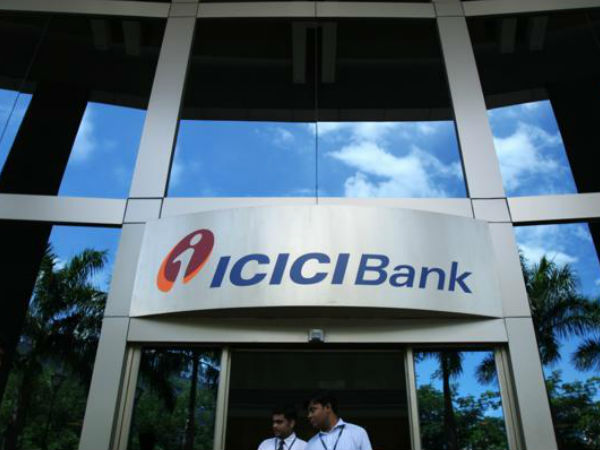Dixon Technologies
Dixon Technologies (India) Ltd, situated in Noida, is an Indian electronics manufacturing services company. It works as a contract manufacturer for Samsung, Xiaomi, Panasonic, and Philips, producing televisions, washing machines, smartphones, LED bulbs, battens, downlighters, and CCTV security systems. Only 3.65% of trading sessions in the last four years had intraday gains of more than 5%.
Dixon Technologies (India) Ltd., founded in 1993, is a mid-cap business in the Consumer Durables category with a market capitalization of Rs 30,082.54 crore.The company’s yearly sales growth of 46.41 percent surpassed its three-year compound annual growth rate (CAGR) of 31.0 percent. The stock returned 1075.78 percent over three years, compared to 90.6 percent for the Nifty Midcap 100. Over a three-year period, the stock returned 1075.78 percent, compared to 62.39 percent for the S&P BSE Capital Goods index.
Vaibhav Global
Vaibhav Global Limited, originally Vaibhav Gems, is a multi-national electronic retailer and fashion jewellery and lifestyle accessory producer. It offers its products through Shop LC in the United States and TJC in the United Kingdom, which are both home shopping channels. In the last five years, the company has regularly raised ROE, with the majority of profits being added to reserves last year. Annual sales growth of 27.82 percent surpassed the company’s three-year CAGR of 17.2 percent. Stock returned 456.57 percent over three years, compared to 90.6 percent for the Nifty Midcap 100.
Vaibhav Global Ltd., founded in 1989, is a Mid Cap business in the Gems & Jewellery industry with a market capitalization of Rs 11,407.91 crore.
Amber Enterprises
Only 1.85 percent of trading sessions in the last three years had intraday drops of more than 5%. The stock returned 281.2 percent over three years, compared to 90.6 percent for the Nifty Midcap 100. Sales have decreased by 22.85%. For the first time in three years, the company’s revenue has decreased. In comparison, the S&P BSE Consumer Durables index returned 140.26 percent to investors over a three-year period. Over a three-year period, the stock returned 281.2 percent, compared to 140.26 percent for the S&P BSE Consumer Durables index. Amber Enterprises India Ltd., founded in 1990, is a Mid Cap business in the Consumer Durables sector with a market capitalization of Rs 11,272.24 crore.
Orient Electric
Orient Electric Limited, situated in New Delhi and owned by the CK Birla Group, is an Indian multinational electrical equipment company. Fans, lighting, home appliances, and switchgears are all manufactured by the company. In Kolkata, Faridabad, and Noida, Orient Electric has manufacturing facilities. The company has enough cash on hand to cover its contingent liabilities. 1.31 percent decrease in sales. For the first time in three years, the company’s revenue has decreased. In the fiscal year ended March 31, 2021, the company spent 1.02 percent of its operational revenues on interest charges and 8.81 percent on staff costs.
Stock returned 172.94 percent over three years, compared to 90.6 percent for the Nifty Midcap 100. Over a three-year period, the stock returned 172.94 percent, while the S&P BSE Capital Goods index returned 62.39 percent.
Bajaj Electrical
Bajaj Electricals Ltd, situated in Mumbai, Maharashtra, is an Indian consumer electronics manufacturer. It is a subsidiary of the Bajaj Group, which has a market capitalization of 380 billion rupees. Lighting, luminaries, appliances, fans, LPG-based generators, engineering, and projects have all become part of its portfolio. Only 3.3 percent of trading sessions in the last 14 years had intraday drops of more than 5%. Stock returned 136.55 percent over three years, compared to 90.6 percent for the Nifty Midcap 100. Over a three-year period, the stock returned 136.55 percent, compared to 62.39 percent for the S&P BSE Capital Goods index.
Voltas
Voltas Limited is an Indian multinational electronics firm that specialises in air conditioning and cooling technology and manufactures home goods. The company was founded in Mumbai on September 6, 1954, as a joint venture between Tata Sons and Volkart Brothers. The stock returned 138.01 percent over three years, compared to 75.82 percent for the Nifty 100. Over a three-year period, the stock returned 138.01 percent, while the S&P BSE Consumer Durables index returned 140.26 percent. Voltas Ltd., founded in 1954, is a Large Cap business in the Consumer Durables category with a market capitalization of Rs 38,589.43 crore.
Crompton Greaves Consumer Electricals
Crompton Greaves Consumer Electricals Ltd., founded in 2015, is a Mid Cap business in the Consumer Durables category with a market cap of Rs 28,763.11 crore.
The stock returned 133.59 percent over three years, compared to 90.6 percent for the Nifty Midcap 100.
Revenue fell by 30.63 percent on a quarter-over-quarter basis, the lowest level in the last three years. Over a three-year period, the stock returned 133.59 percent, compared to 62.39 percent for the S&P BSE Capital Goods index.
7 Best Performing BSE Consumer Durables In The Past 3 Years
| Company |
Price |
3-Y Return |
|
| Dixon Technologies |
4,911.20 |
1039.95 |
|
| Vaibhav Global |
677.35 |
461.15 |
|
| Amber Enterprises |
3,235.30 |
290.80 |
|
| Orient Electric |
317.85 |
166.28 |
|
| Bajaj Electrical |
1,128.30 |
141.51 |
|
| Voltas |
1,168.60 |
134.62 |
|
| Crompton Greaves Consumer Electricals |
462.05 |
137.47 |
|
Disclaimer
Investing in equities poses a risk of financial losses. Investors must therefore exercise due caution. Greynium Information Technologies, the author, and the brokerage house are not liable for any losses caused as a result of decisions based on the article. This article is only for educational purpose.
















